
Try Amazon Audible Plus

CIVIL WAR
Photos
This monument was erected by the Texas Division United Daughters of the Confederacy on 1 June 1936 in memory of Texas mounted volunteers, commemorating the Battle of Valverde on 21 February 1862.
Directions: From US Interstate 25, Exit 24, travel east one mile on a very bumpy dirt road which then crosses NM Hwy 1, near Mile Marker 35. After crossing NM Hwy 1, continue east on the dirt road past San Marcial towards the water canel and across the railroad tracks (this site is not maintained nor marked).
April 2000
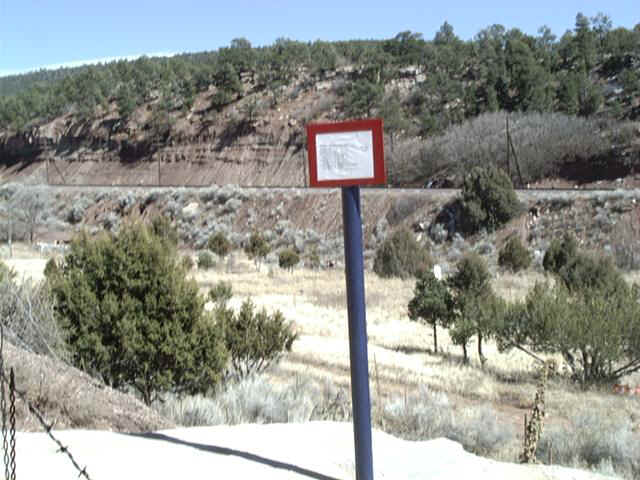
The Valverde Battlefield Of The Civil War (looking northeast)
During the period of 20-21 February 1862, Brigadier General Henry H. Sibley led his Confederate force of 2,500 men to this area, north of Union-held Fort Craig, to cut communications between the Fort and the Union military headquarters in Santa Fe. Colonel E. R. S. Canby led his Union force of over 3,000 men from Fort Craig to stop the Confederate troops. Although the Union held the upper hand in the opening skirmish, the Confederates attacked and forced the Union to retreat. When Confederate reinforcements arrived and they were about to order another attack, Colonel Canby raised a white flag and asked for a truce (he also asked for permission to remove the bodies of his wounded and dead men). Although the Confederates had suffered heavy losses, they claimed victory.
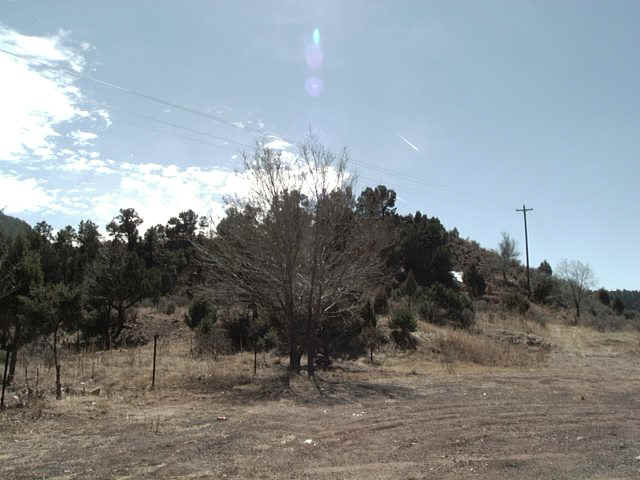
The Valverde Battlefield Of The Civil War (looking east)
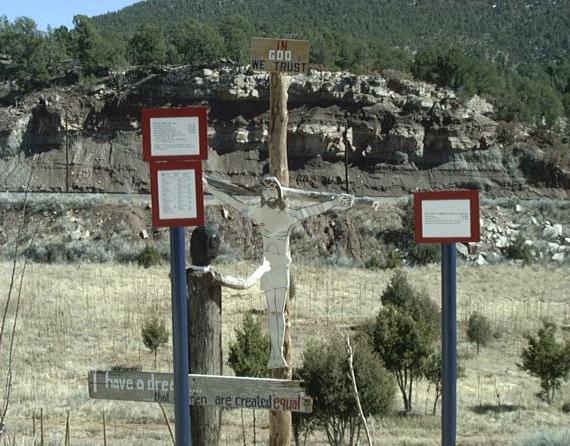
The Valverde Battlefield Of The Civil War (looking southeast towards Fort Craig)
Additional information can be found from a more detailed battle summary, photos/artifacts/documents/maps, and battles and skirmishes.
March 2000
NM Hwy 50 (Mile Marker 1), off US I-25, Exit 299
Glorieta Battlefield: The decisive battle of the Civil War in New Mexico was fought at the summit of Glorieta Pass on March 28, 1862. Union troops won the battle when a party of Colorado volunteers burned the Confederate supply wagons, thus destroying Southern hopes for taking over New Mexico.
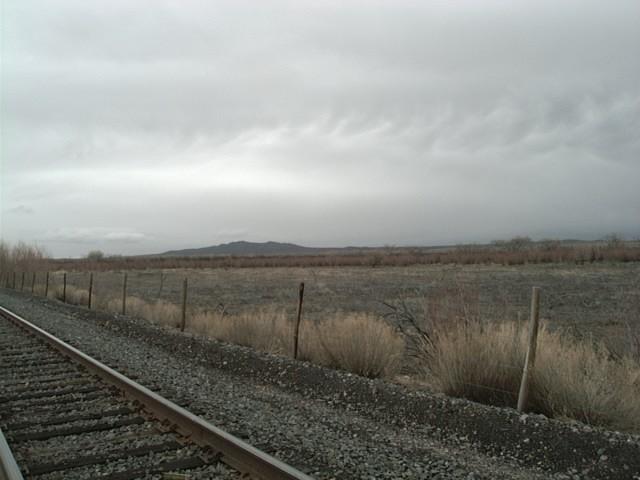
Map of the Glorieta Pass Battle (top of map is north), located at side of US I-25, Mile Marker 296
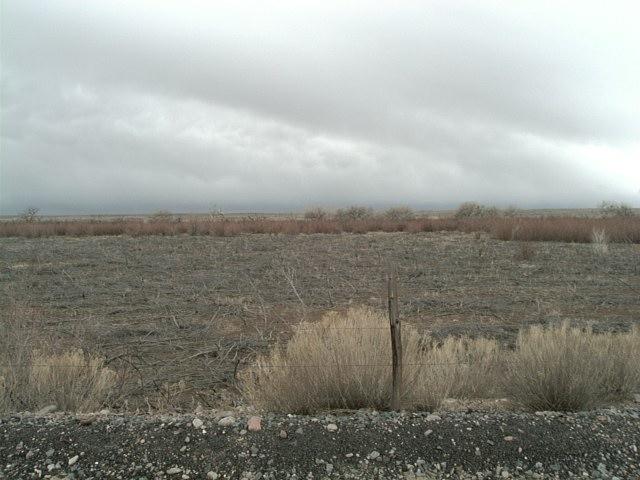
US Interstate 25, Mile Marker 296, facing eastward, where battle came from
March 2000
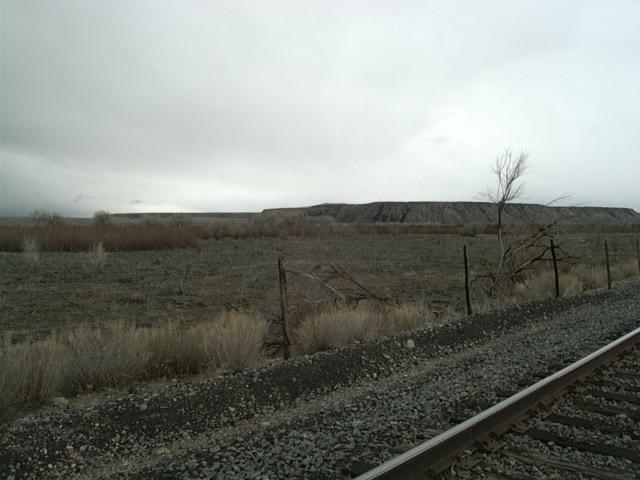
South side of US Interstate 25, Mile Marker 296
March 2000
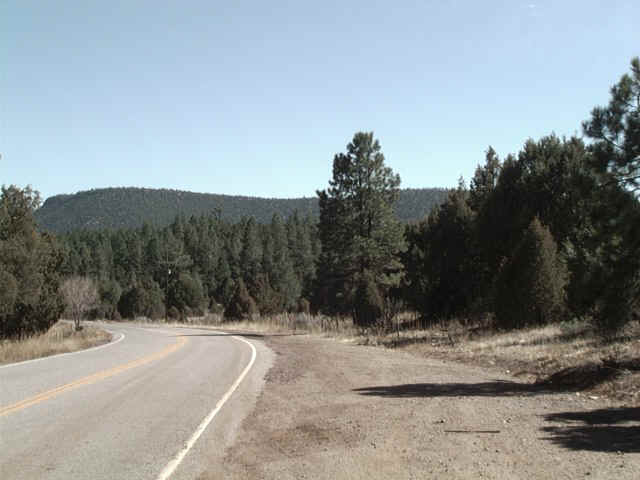
Apache Canyon and Glorieta Mesa, US Interstate 25, Mile Marker 296
This Civil War battle began 26 March 1862, when 400 Union soldiers, under Major John M. Chivington, fought 200-300 Texans, under Major Charles L. Pyron. The battle continued through the day, moving southwest towards the location shown here in this photo. Although the following day, both sides rested while awaiting reinforcements, the fighting began again on 28 March with 900 new Union soldiers under Colonel John P. Slough and 1,100 new Rebel soldiers under Lieutenant Colonel William R. Scurry. The battle ended with Scurry's troops retreating to Santa Fe. This became the major turning point of the Civil War in New Mexico.
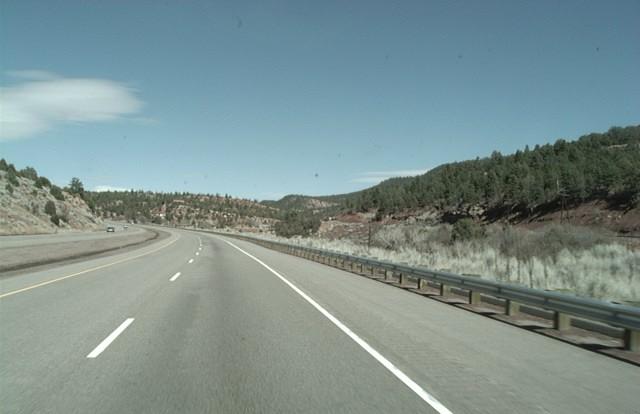
Chivington Rock, located south side of US Interstate 25, Mile Marker 296
March 2000
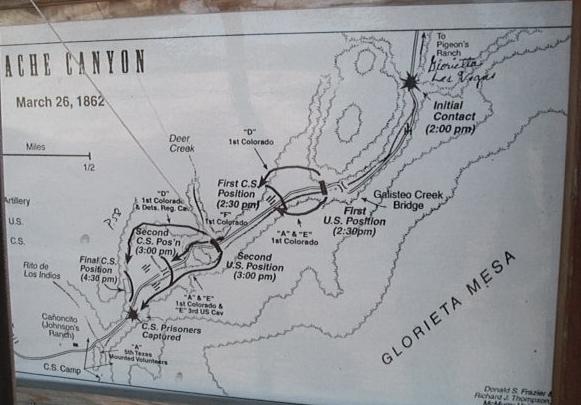
A marker on the south side of US Interstate 25, Mile Marker 296
March 2000
The following report is displayed here:
Report of Major John M. Chivington, First Colorado Infantry to Brig. General E. R. S. Canby, USA, Commanding Department New Mexico in Santa Fé, New Mexico.
Camp Lewis, near Pecos Church, New Mexico -- March 26, 1862
General: I have the honor to submit to you the following report of the troops under my command on the 26th of March, 1862, at the battle of Apache Cañon:
The force consisted as follows: Company A, 60 men, Captain Wynkoop; Company E, 60 men, Captain Anthony, and 60 men of Company D, Captain Downing, of the First Regiment Colorado Infantry Volunteers, and 28 men of Company C, 6 men of Company D, 6 men of Company --, 10 men of Company K, Third Cavalry, under Captain Howland and Lieutenants Wall and Falvey; 50 men of Company E, Third Cavalry, commanded by Captain Walker and Lieutenant Banks; 50 men of Companies D and G, First Cavalry, under Captain Lord and Lieutenant Bernard (all of the U.S. Army), and 88 men of Company F, First Regiment Cavalry Colorado Volunteers, under Captain Cook and Lieutenants Nelson and Marshall; making the total force on our side 418 men. We marched from Bernal Springs for Santa Fé at 3 o'clock p.m. of the 25th instant, intending to surprise the enemy in small force at that place. After a march of 35 miles, and learning we were in the vicinity of the enemy's pickets, we halted about midnight, and at 2 o'clock a.m. on the 26th Lieutenant Nelson, with 20 men, was sent out to surprise their pickets, which they did, and captured them at 10 o'clock a.m. The detachment again moved forward, and just as we entered the cañon (Apache) discovered the advance guard of the foe and captured two lieutenants. In a few minutes they planted their battery and began to throw grape and shell among us. In double-quick Companies A and E, First Colorado Volunteers, were deployed as skirmishers to the left and on the mountain side, and Company D, First Colorado Volunteers, was deployed as skirmishers to the right on the mountain side, and an order was given that the cavalry be held in readiness to charge whenever the cannon were about to retreat. Soon our men from the mountain sides made it too hot for their gunners, and they fell back about 1 1/2 miles and took another and more advantageous position, completely covering the sides of the mountains with their skirmishers to support their guns in the cañon below them. Having mean time assembled our skirmishers in the cañon, we again deployed Company D, First Colorado Volunteers, on the right, and Companies A and E, First Colorado Volunteers, on the left, and dismounted all the cavalry and deployed them as skirmishers, except Company F, First Colorado Volunteers, Captain Cook, who was ordered to charge them the moment they gave way before the fire of our infantry. After a contest of an hour they began to prepare for another retreat, and by this time Company D, Captain Downing, had well-nigh flanked them, so as to cut off their retreat, Captain Cook and Lieutenants Nelson and Marshall leading the way. Company F now made a flying charge on the enemy, running over and trampling them under the horses' feet. Captain Downing with his men, and Lieutenant Bernard with Company C, Third Cavalry, poured into him a sharp fire from the right, which drove him up a cañon on the left side of the main cañon, when Companies A and E, First Colorado Volunteers, took a large number of prisoners. It now being sundown, and we not knowing how near the enemy's re-enforcements might be, and having no cannon to oppose theirs, hastened to gather up our dead and wounded and several of the enemy's, and then fell back to Pigeon's Ranch and encamped for the night. Our loss was 5 killed and 14 wounded. The loss of the enemy was, as we ascertained from their own accounts, 32 killed, 43 wounded, and 71 taken prisoners. I am, sir, with much respect, your obedient servant, J. M. Chivington, Major, First Regiment Colorado Volunteers.
Additional information can be found from a more detailed battle summary, photos/artifacts/documents/maps, battles and skirmishes, CyberTrail, a 1906 Santa Fe Gazette article, a 1906 Santa Fe New Mexican article, a family account, and the Geocities web site.
For additional photos on the Civil War, check out the photos on Fort Craig National Historic Site, Fort Union National Historic Site page one and Fort Union National Historic Site page two.
Additional photos of other sites will be added as we visit them. If you have any additional information to contribute, please fill out the form on our home page.
The Apache Battleground, where Captain Stanton, for whom Fort Stanton was named after, was killed.
Return to New Mexico Photos home page or New Mexico page.